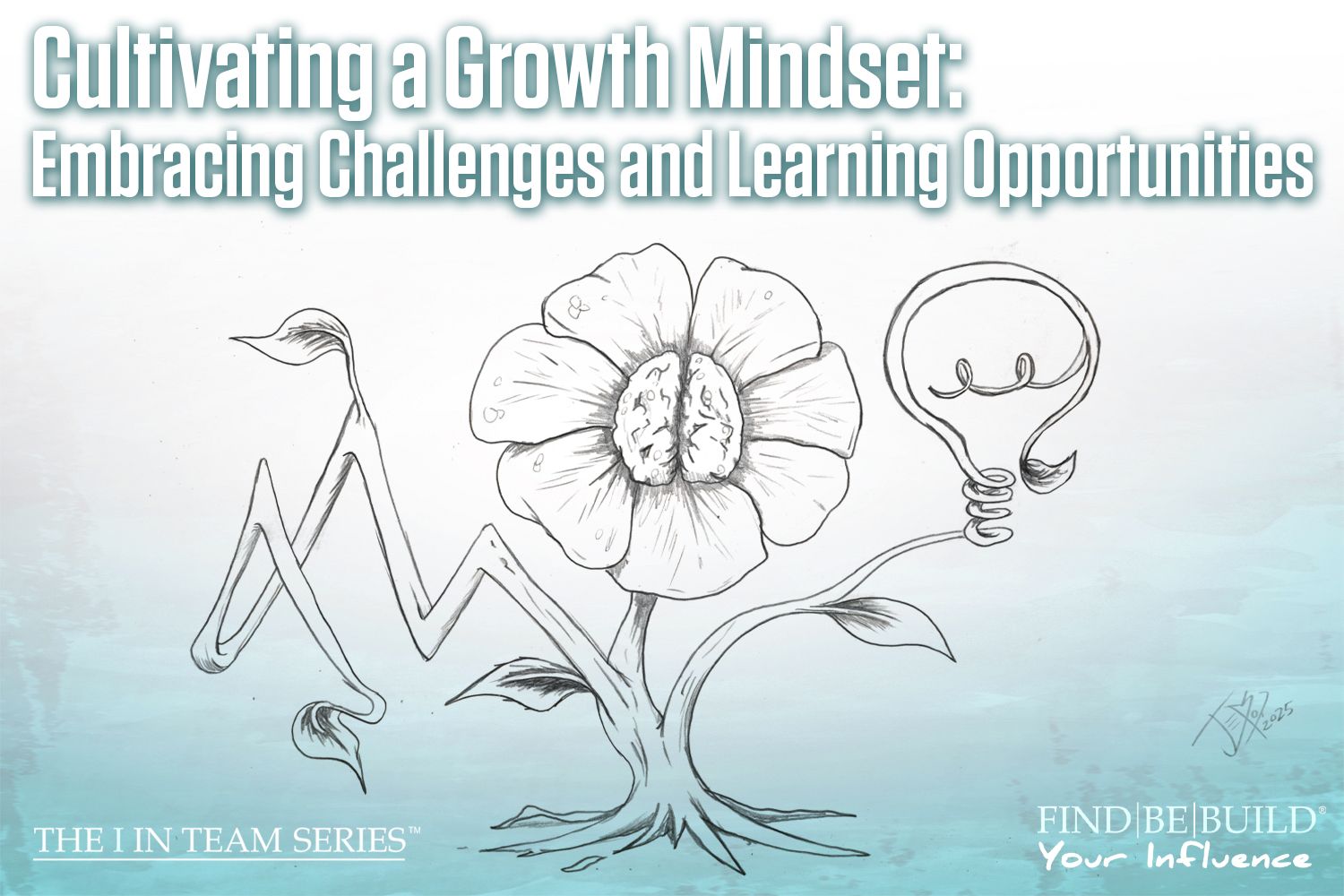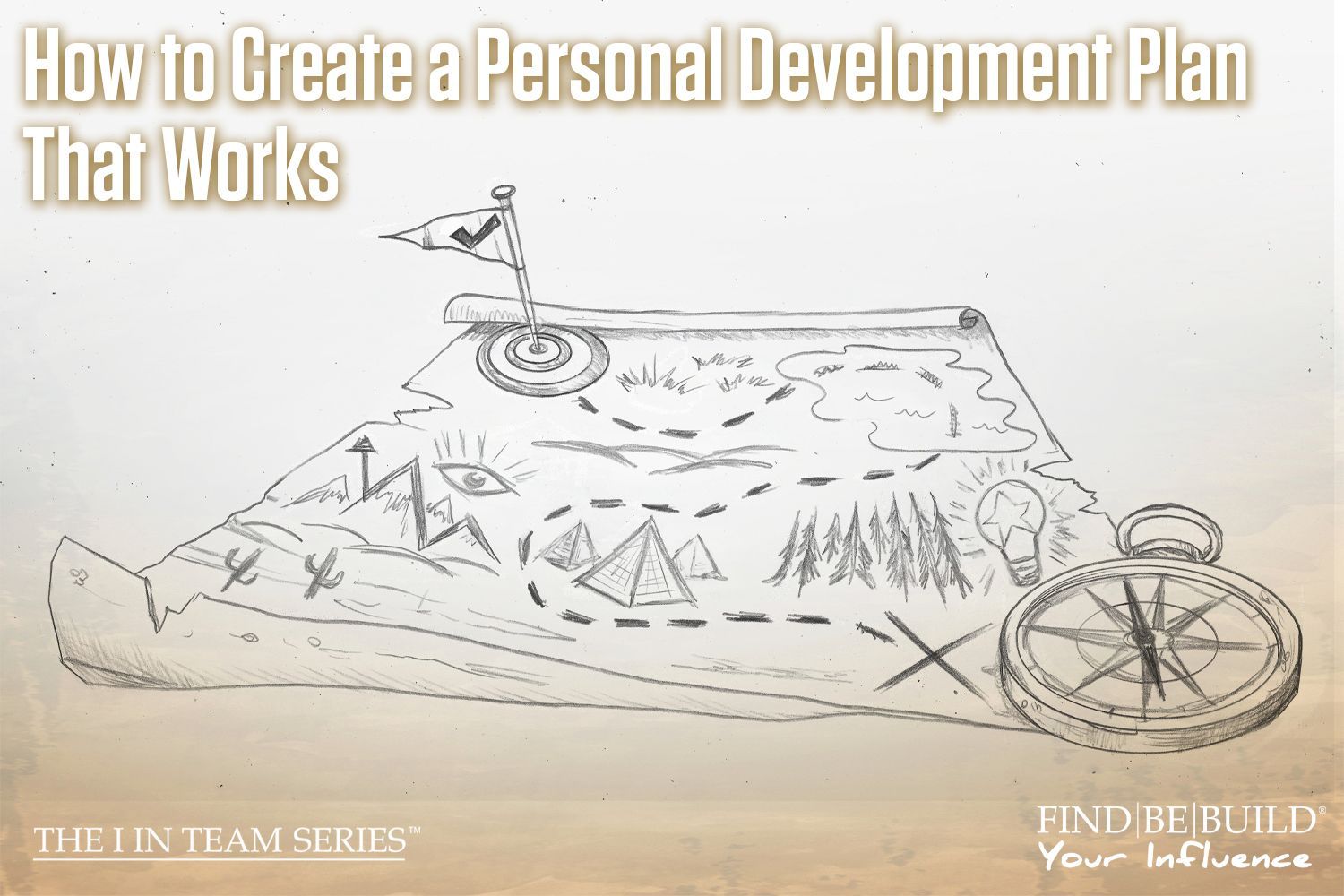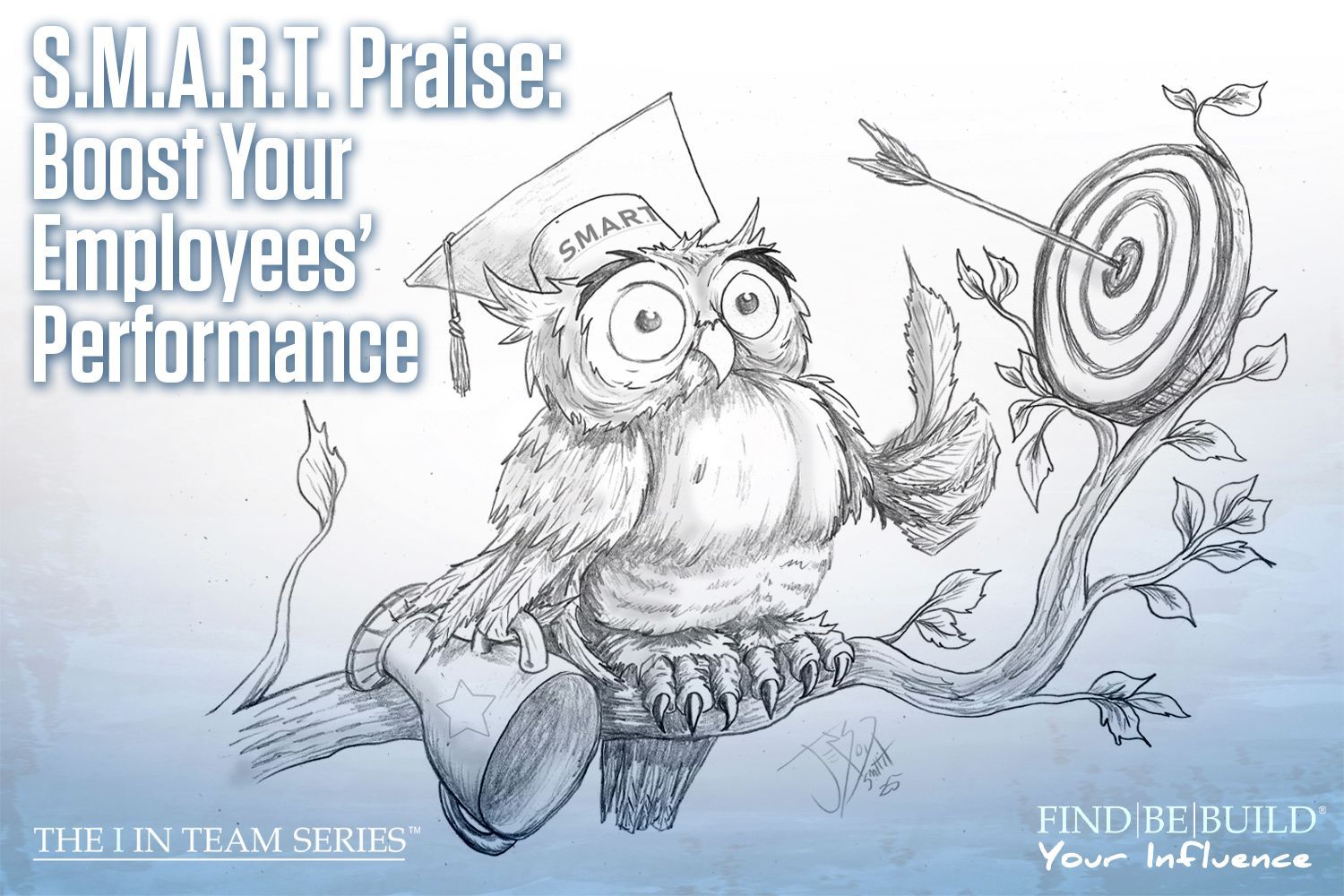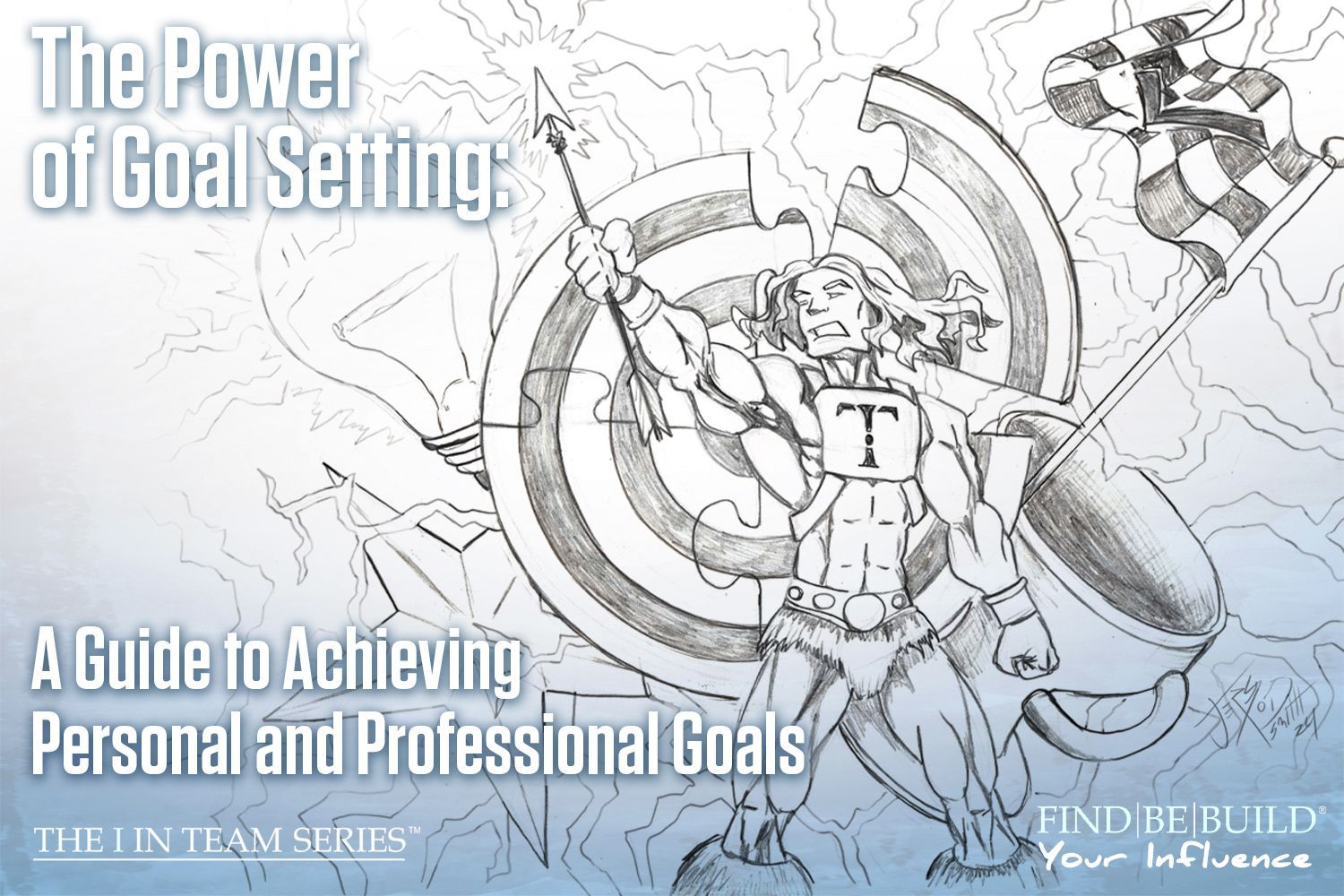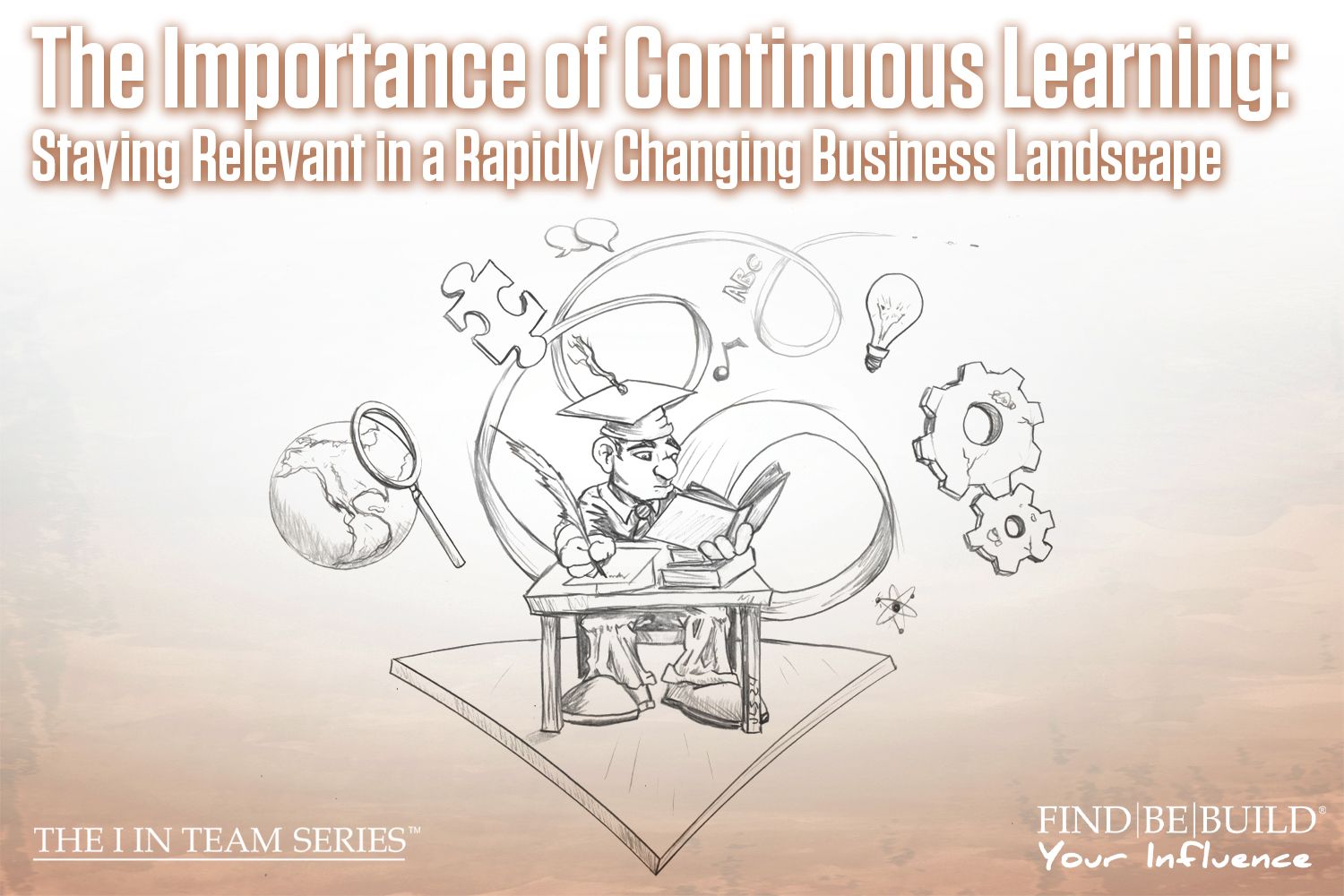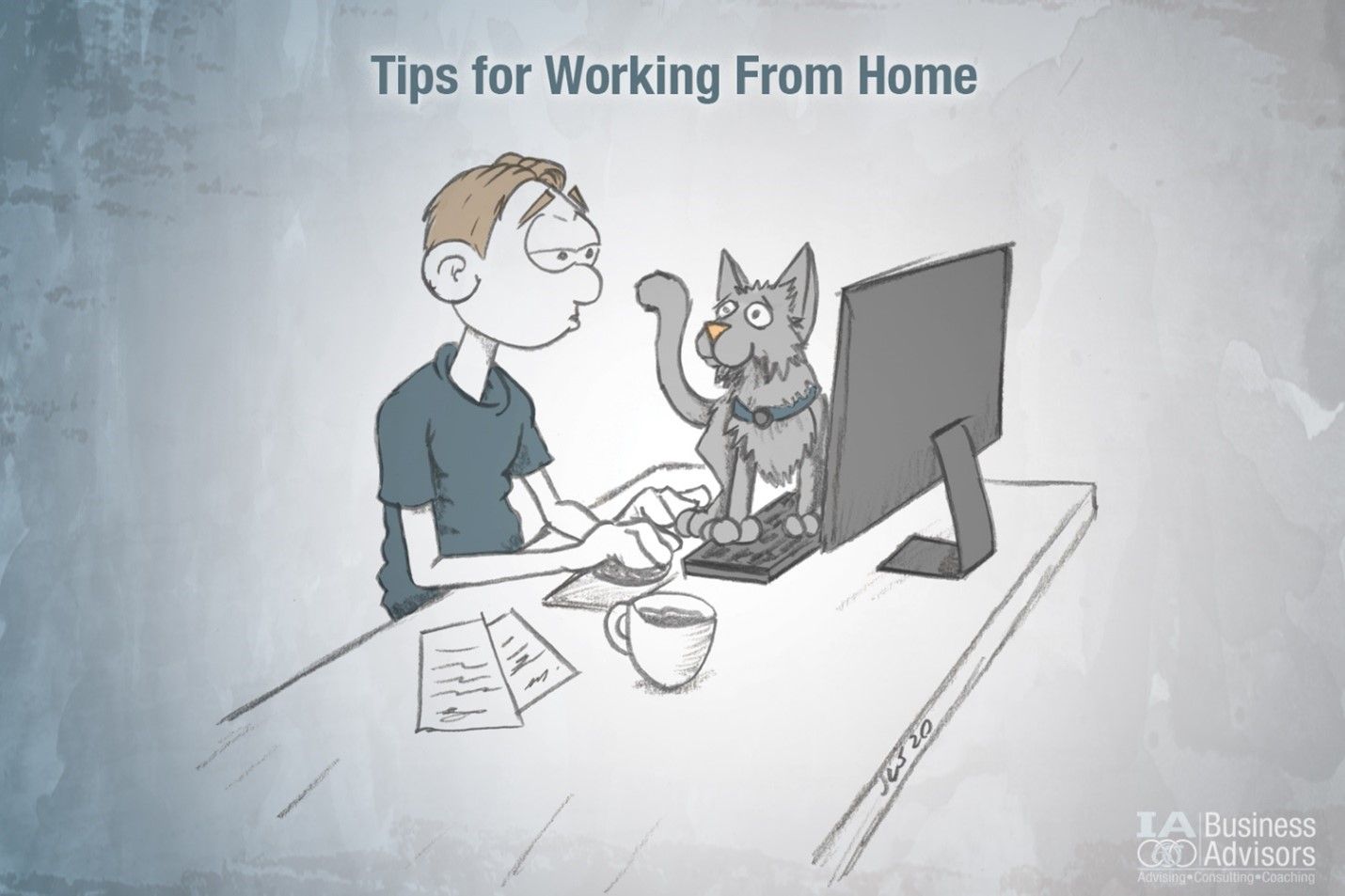Dealing with harassment in the workplace

Dealing with harassment in the workplace isn’t easy. Harassment can destroy the victim’s mental health as well as affect coworkers who witness and do not appreciate the harassment. This can destroy culture and create a toxic work environment. However, organizations who properly educate themselves and their employees on the types of harassment to look out for may find that it’s easier to stop harassment before it gets out of hand. Additionally, organizations must create safe avenues for employees to discuss harassment without fear of retaliation. Should organization’s fail to create safe spaces and educate through proper policy and procedure, they may be sued by the EEOC should that employee choose to file a complaint. Staying proactive around harassment is one of the best ways to deal with it.
Types of Harassment
Discriminatory
Discriminatory harassment is rooted in the protected classes. The types of harassment described below can be discriminatory but not always; discriminatory harassment is targeted at a member of a protected class, such as race, gender, religion, disability, sexual orientation, gender identity, age, national origin, and pregnancy. This type of harassment can come in the form of slurs, cruel “jokes,” degradation, blatant disgust, and insults to name a few. This type of harassment is illegal.
Personal
Personal harassment is the business way of saying bullying. This type of harassment is directed at individuals but not for any of their characteristics under protected classes; some examples may include clothing, communication style, weight, mental diagnoses, and lifestyle choices to name a few. This type of harassment can include any of the below mentioned forms, but can also include criticism, ostracizing, intimidation, retaliation, and humiliation.
Physical
Physical harassment is pretty self-explanatory. It involves physical threats or attacks and can be classified as battery or assault by law. Battery is classified as physical contact, such as pinching, hitting, kicking, or pushing. Assault is either failed battery, like intending to push someone and missing if they move out of the way, or causing someone to fear they will be battered, like threatening to hit. If a weapon is involved, such as a stapler being thrown or wielded, these become aggravated battery or aggravated assault (should a stapler be thrown and miss). Additionally, physical harassment can also involve destroying other people’s property in order to intimidate or threaten physical abuse (which is classified as assault).
Verbal
Verbal harassment is, again, pretty self-explanatory. Verbal harassment can include yelling, threatening, insulting, name calling, unfounded blaming, and more. Unfortunately, this type of harassment can often go undiscussed and unaddressed as it is not typically seen as damaging. For this reason, employees may not discuss the verbal harassment they face at work. Do not let it fool you; verbal harassment can be just as damaging as other forms of harassment.
Psychological
Psychological harassment can be one of the hardest to identify as the results are psychological in nature. Often times, victims of psychological assault don’t realize they are being harassed because it can be sly and indirect. Types of psychological harassment include intentionally excluding, isolating, denying presence, belittling, discrediting, spreading rumors, gaslighting, and more.
Cyber
Cyberbullying is online or digital harassment. It can involve sending threatening emails, sharing private (often humiliating) news by mass email or chat, spreading lies on personal social media pages regarding a co-worker, and sending direct texts or messages to harass the victim. Cyber can involve multiple types of harassment, but this type has a barrier between the victim and perpetrator: cyberspace. Some perpetrators believe this barrier protects them from the consequences of harassment, but that is always not true.
Sexual
Sexual harassment is unwanted, unwarranted sexual advances. This type of harassment is considered unlawful. Sexual harassment creates a hostile work environment and can include, but is not limited to, sharing sexual photos (either your own, someone else’s, or professional porn), putting up sexual posters in the office or cubicle, inappropriate touching or gestures, sexual jokes and comments, and invading personal space in a sexual way. An extension of sexual harassment is quid-quo-pro, or this for that. This type of sexual harassment is soliciting an exchange of sexual favors in order to promote, hire, or another favor where power is used to blackmail for sexual conduct. Note: Inappropriate physical contact can be classified as battery; threatening inappropriate physical contact can be classified as assault.
Third-Party
Third party harassment occurs whenever a third party harasses a team member. This can include clients, vendors, suppliers, or anyone who is outside the company. This can include any of the aforementioned types of harassment. This type of harassment often goes unrecognized, and it is the responsibility of the employer to protect and defend their employees.
Stopping Harassment
Those who are experiencing harassment may consider telling their perpetrator that they do not appreciate the harassment and they define it as such. Communicating that their actions make you feel uncomfortable and are unwarranted can sometimes end the harassment as some perpetrators don’t know that they are being perceived that way. However, communicating your discomfort to your perpetrator is not a requirement. Harassment can induce negative feelings, such as powerlessness and anxiety, which may result in disempowerment in speaking up. In this case, employees should have a safe avenue in which they can discuss, most likely with HR, the harassment they have been experiencing in order to gain support and end the harassment. Additionally, some states, including Illinois, require that employers provide yearly harassment training.
Those being harassed, repeatedly, should log the harassment to keep track of the frequency. Should the employee want to sue the employer for harassment, they will need to file a complaint with the Equal Employment Opportunity Commission within 180 days of the discriminatory act. Keeping a log of the harassment can help the case immensely, so employees being harassed should consider documenting everything. Should employers want to avoid being sued, they will need to ensure they have processes, policies, and procedures to protect employees from harassment and encourage safe and open communication regarding harassment.
Moving On from Harassment
When moving on from harassment, it’s important to practice self-compassion and surround yourself with people who will validate your experience. Those who are targets of harassment often notice a decline in their mental health and can even experience thoughts of suicide. Should you experience these thoughts when recovering or dealing with workplace harassment, please call the National Suicide Prevention Lifeline (1-800-273-8255). Finding those who support you can curb the negative effects of gaslighting and help you self-reflect on the reality of the situation.
Those who educate themselves on the effects of workplace harassment may find that they can cope much easier. While it can be painful to read about, educating yourself can help you feel less alone and equip you with the knowledge necessary to deal with the harassment and move on. Educating yourself may help you heal faster instead of wondering why you were targeted or trying to understand the perpetrator’s mindset. While self-reflection and having empathy are important, trying to understand someone who harasses you can often prove more damaging as there is typically only one reason why people harass: a high from the feeling of power. When recovering, have empathy and compassion for yourself.
If organizations wish to take harassment seriously, which they should, they need to ensure their employees remain educated and create safe avenues for discussing harassment. The more educated employees are, the easier it will be to speak against perpetrators and create a culture where harassment is not tolerated. Keeping your employees safe, mentally and physically, should be one of your top priorities. Sometimes that means protecting them against the people they work with either inside or outside the organization. If you have a culture issue or harassment issue in your organization, contact IA Business Advisors. We can help assist in conflict management and development of positive behaviors in your team.
